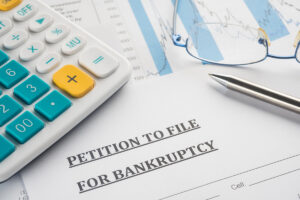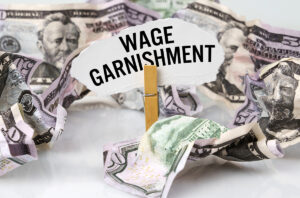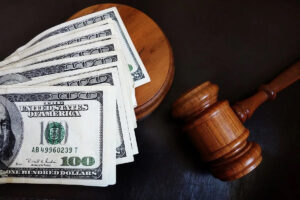Dischargeability of Debt
The dischargeability of debt is a legal concept that plays a crucial role in bankruptcy cases. When an individual or a business files for bankruptcy, it allows them to eliminate or restructure their outstanding debts and obtain a fresh start. [1]
Not all debts can be discharged through bankruptcy. The concept of dischargeability determines which debts can and cannot be eliminated, ensuring that certain obligations still need to be fulfilled by the debtor.
Types of Debts
Debt is an integral part of modern-day life, and individuals often find themselves burdened with various financial obligations.
By gaining a deeper understanding of these debts, individuals can make informed decisions, devise effective repayment strategies, and ultimately regain control over their financial situations.
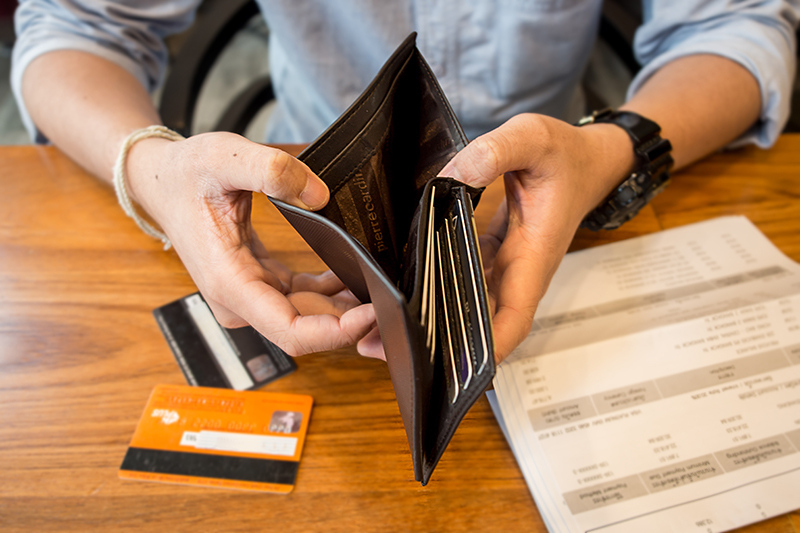
Unsecured Debts
Unsecured debts refer to loans or credit without any collateral or security attached to them. In a Chapter 7 bankruptcy, these debts can be discharged, relieving the individual from the obligation to repay them. Several types of unsecured debts can be discharged in Chapter 7 bankruptcy proceedings.
Credit card balances are often the most common form of unsecured debt. These debts arise from unpaid credit card balances and can be discharged through Chapter 7 bankruptcy if the individual meets the necessary criteria.
Collection agency accounts, which include debts that have been sold to third-party collectors, can also be discharged.
Past-due rent is another type of unsecured debt that can be discharged in a Chapter 7 bankruptcy. This debt results from unpaid rent or breaking a lease agreement.
Medical debt, arising from unpaid medical bills or expenses, can also be discharged under Chapter 7 bankruptcy.
Personal loans, such as those obtained from friends, family members, or financial institutions, are also considered unsecured debts. These loans, when unpaid, can be discharged in Chapter 7 bankruptcy proceedings.
Secured Debts
Secured debts play a significant role in bankruptcy proceedings as they differ from unsecured debts in terms of their treatment during the process.
Secured debts are debts that are backed by collateral, which provides the lender with a source of repayment in the event of default. Some common examples of secured debts include mortgages and car loans.
One key aspect of secured debts in bankruptcy is the potential for retention through reaffirmation agreements.
These agreements allow the debtor to keep the secured property and continue making payments on the debt, essentially excluding it from the bankruptcy proceedings. Reaffirmation agreements are voluntary and require court approval.
Not all secured debts are eligible for reaffirmation. In some cases, the debtor may choose to surrender the collateral instead, which would discharge the remaining debt.
This is because one of the goals of bankruptcy is to provide the debtor with a fresh start, which can often mean relinquishing certain assets.
In terms of debt discharge, bankruptcy typically discharges unsecured debts, such as credit card debt or medical bills. Certain types of secured debts, like tax liens or child support obligations, are not dischargeable in bankruptcy.
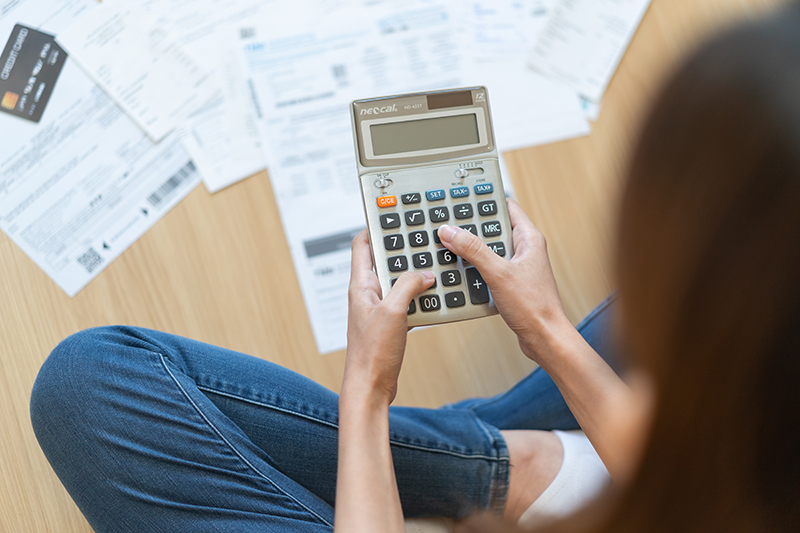
Non-dischargeable Debts
In the realm of bankruptcy law, certain debts cannot be discharged, meaning they cannot be eliminated or wiped away. These are called non-dischargeable debts, and they vary in their nature and treatment.
Debts can fall into two main categories when it comes to dischargeability: those that are automatically not discharged and those that require a court determination.
Automatic non-dischargeable debts include certain types of taxes, student loans, domestic support obligations such as child and spousal support, and debts from personal injury cases. These debts are considered non-negotiable and are not subject to any exceptions.
Factors Considered for Dischargeability of Debt
The dischargeability of debt refers to the ability to eliminate or have debts forgiven through the legal process of bankruptcy. However, not all debts are dischargeable. Several factors are considered when determining the dischargeability of debt.
One important factor is the type of bankruptcy being filed, whether it is Chapter 7 or Chapter 13. In Chapter 7 bankruptcy, certain types of debts are generally dischargeable, such as credit card debt, medical bills, personal loans, and utility bills.
On the other hand, Chapter 13 bankruptcy involves creating a repayment plan to pay off debts over some time, and some debts may be discharged if they are not fully paid by the end of the repayment plan.
Another factor is the three-part test for income taxes to be discharged in Chapter 7 bankruptcy. To be dischargeable, income taxes must meet the following criteria:
- Any fraud or willful evasion of taxes would render them non-dischargeable
- The taxes must be income-based (such as federal or state income tax)
- The tax return must have been filed at least two years before the bankruptcy filing
- They must have been due at least three years before the bankruptcy filing
Other factors that may be considered include the debtor’s ability to pay, the nature and amount of the debt, and any fraudulent or illegal activities associated with the debt.
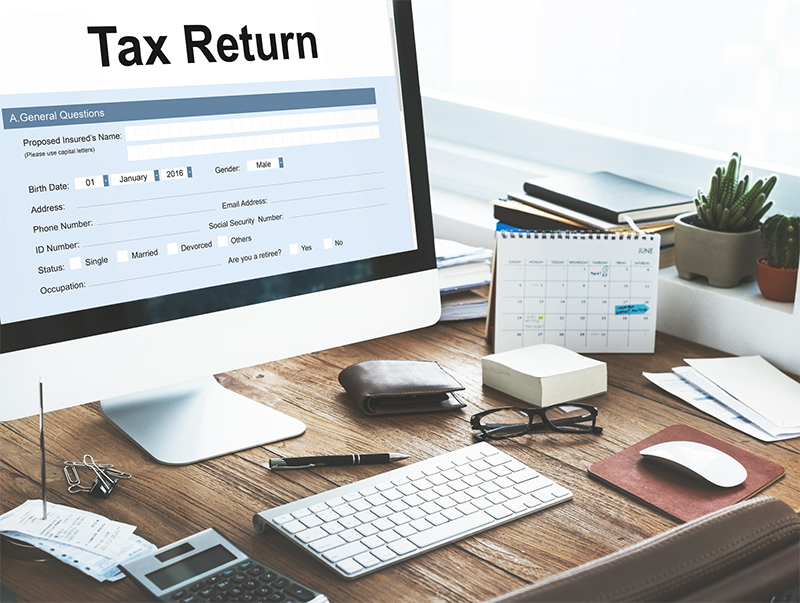
Filing for Bankruptcy
Filing for bankruptcy is a legal process that allows individuals and businesses to seek relief from overwhelming debts. There are different types of bankruptcy cases, each with its own requirements and discharge options.
Chapter 7 bankruptcy, also known as liquidation bankruptcy, is available to individuals and businesses seeking a fresh start. In this type of case, a trustee is appointed to liquidate non-exempt assets and distribute the proceeds among creditors.
Certain debts, such as credit card bills and medical bills, can be discharged through Chapter 7 bankruptcy.
Chapter 11 bankruptcy is primarily used by businesses and allows them to reorganize their debts while continuing their operations. It provides an opportunity for a business to develop a plan to repay its debts over time.
The discharge options in Chapter 11 bankruptcy are more flexible and can be tailored to the specific needs of the business.
Chapter 13 bankruptcy is available to individuals and allows them to reorganize their debts and create a repayment plan over three to five years. Upon successful completion of the repayment plan, certain debts can be discharged.
A bankruptcy discharge releases the debtor from personal liability for certain debts, which means they are no longer legally obligated to repay them. It is important to note that valid liens, such as a mortgage or a car loan, are not affected by the discharge.
This means that even though the debtor is no longer personally liable, the lienholder still has the right to repossess the property securing the loan if payments are not made.
The Automatic Stay Provision
When an individual or a business files for bankruptcy, the automatic stay goes into effect, halting all collection efforts by creditors.
This provision aims to give the debtor a reprieve from the stress of relentless collection actions and allows them to focus on reorganizing their finances.
One of the key impacts of the automatic stay is that it puts a halt to foreclosure proceedings.
This gives the debtor a chance to explore options such as loan modification or repayment plans to catch up on their mortgage payments and potentially keep their home.
The automatic stay provision also extends protection against repossession actions. If a debtor is at risk of having their car repossessed due to nonpayment, the automatic stay prevents the creditor from repossessing the vehicle during the bankruptcy proceedings.
This allows the debtor to potentially negotiate with the creditor and find a solution that allows them to keep their transportation.

Adversary Proceeding to Determine Dischargeability of Debt
An adversary proceeding is a legal action initiated within a bankruptcy case to determine the dischargeability of a particular debt.
In bankruptcy litigation, the purpose of an adversary proceeding is to seek a determination from the court regarding whether a specific debt should be discharged or not.
It is a mechanism that allows creditors or the trustee to challenge the dischargeability of a debt based on certain grounds.
Creditors or the trustee can initiate an adversary proceeding by filing a complaint with the bankruptcy court, providing details and evidence supporting their claim that the debt should not be discharged.
The debtor then has an opportunity to respond to the complaint and contest the allegations made by the creditor or trustee.
During the process, the court considers several factors that may influence its decision. These factors include:
- The nature of the debt (such as fraud, willful and malicious injury, or intentional breach of fiduciary duty)
- The debtor's intentions and actions regarding the debt
- The debtor's financial situation, and any applicable state and federal laws governing the discharge ability of debts
The court will review the evidence presented and determine whether the debt in question should be discharged or not. The outcome of an adversary proceeding has a significant impact on the bankruptcy case and can affect the debtor’s financial future.
Contact our experienced bankruptcy attorneys at Frego Law to learn more about the dischargeability of debt and how we can help you determine the best course of action for your particular situation.
Source:
[1] What is a discharge and how does the debtor receive the discharge? | United States Bankruptcy Court – District of New Jersey. (n.d.). https://www.njb.uscourts.gov/content/what-discharge-and-how-does-debtor-receive-discharge

